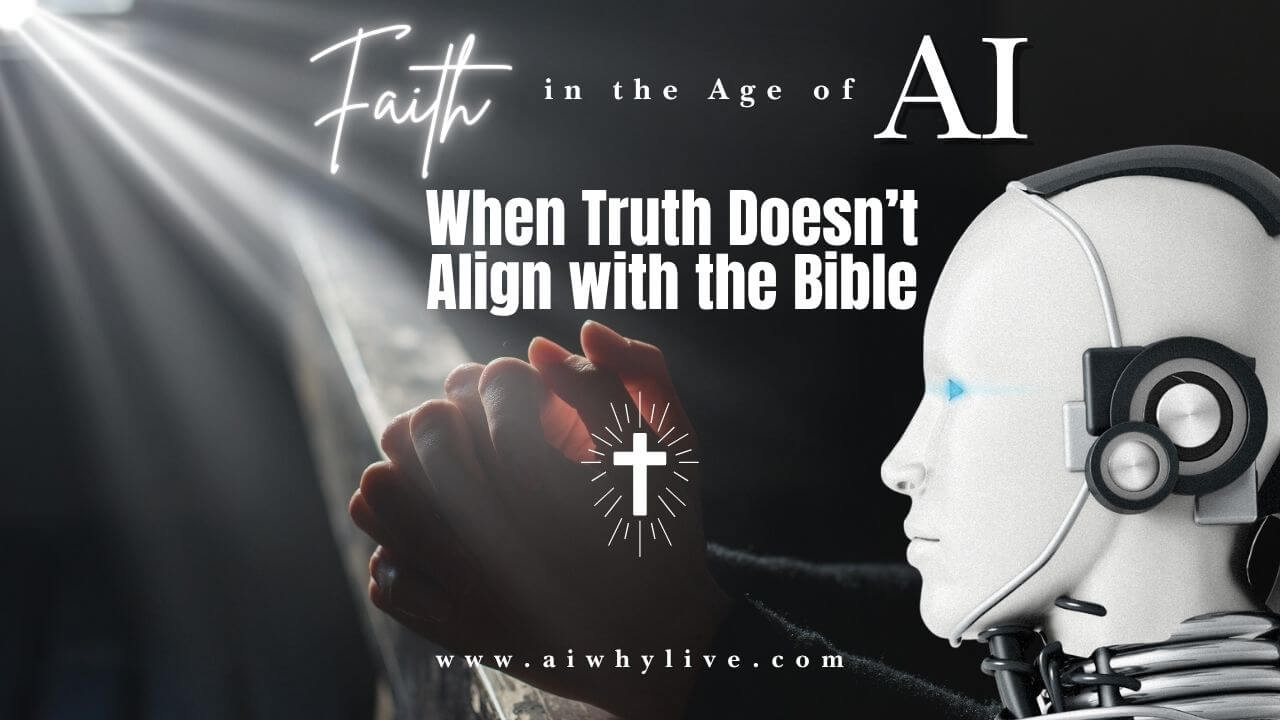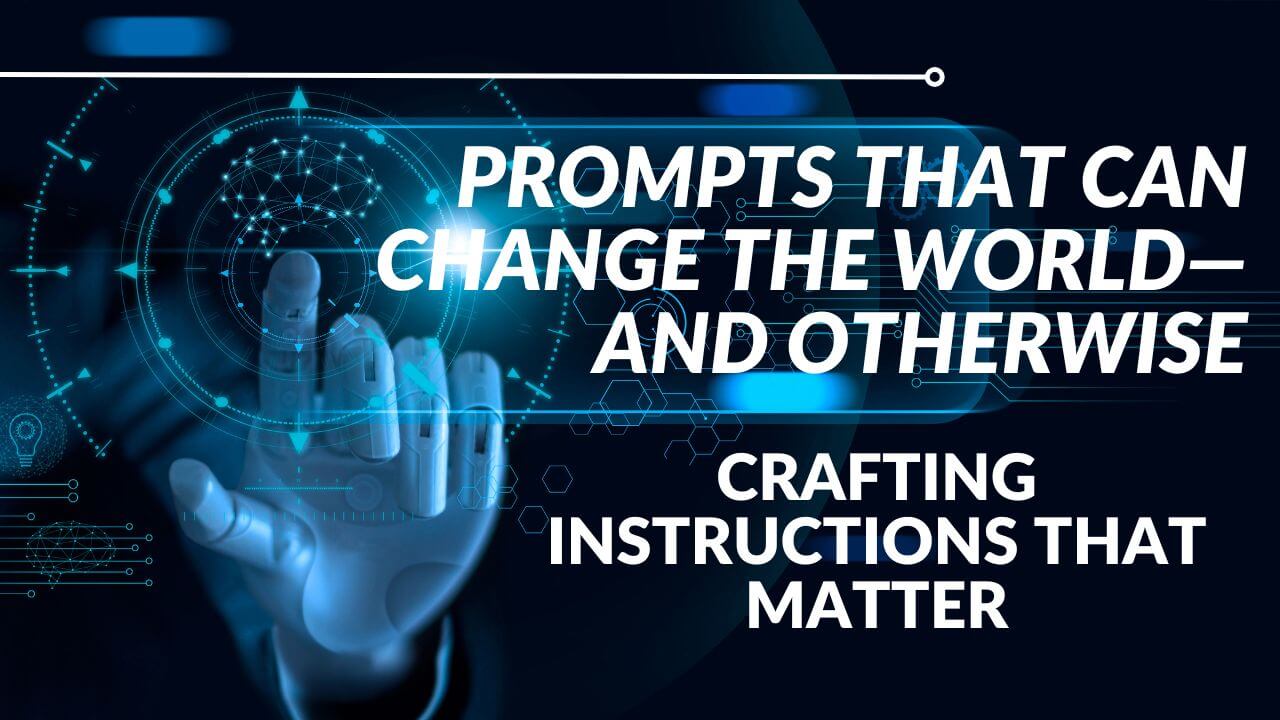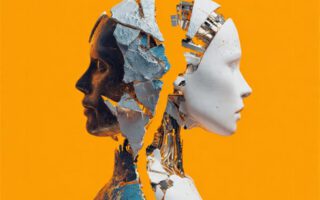Looking Back: Could Humans of 2023 Survive Noah’s Ark?
In 2023, I asked a provocative question in a speculative article: Could Humans of 2023 Survive Noah’s Ark Flood? It wasn’t written to mock belief, but to explore what happens when we apply science, history, and logic to ancient stories.
The deeper we examined it, the more cracks appeared:
- A global flood high enough to cover Mount Everest? There’s no geological evidence that supports this.
- A wooden vessel the size of a small cruise ship surviving months at sea? Physically impossible, even by today’s standards.
- All land animals housed, fed, and sustained by one family? Logistically and genetically implausible.
- The survival of both freshwater and saltwater species in the same flood? Ecologically contradictory.
The truth is, these stories are packed with meaning—but often defy literal interpretation. So if we can acknowledge that the flood story doesn’t line up with science, what about the rest of scripture?
🔍 What Happens When Faith and Fact Clash?
We now live in a world where AI can generate weather models, verify ancient records, and cross-examine scripture with historical accuracy in seconds. And yet, many still follow scripture as infallible—even when it contradicts what we now know to be true.
This raises a sobering question for modern believers: Are we called to follow faith blindly—even when truth, reason, and AI tell us otherwise?
Take, for example, Matthew 5:29: > “If your right eye causes you to sin, gouge it out.” A striking metaphor, yes. But also a verse that’s been used to justify rejecting evidence—to look away from truth if it threatens doctrine.
📖 When the Bible Meets the Modern World
Here are just a few examples of scriptural claims that falter under modern scrutiny:
- Joshua 10:13 – “The sun stood still.” Astronomically catastrophic. Earth’s sudden stop would annihilate all life.
- Leviticus 11:6 – “The rabbit chews the cud.” Biologically inaccurate. Rabbits practice reingestion, not rumination.
- Genesis 1 – “Let there be light… before the sun.” Cosmologically nonsensical.
- Revelation 7:1 – “The four corners of the Earth.” A clear relic of flat-Earth thinking.
These aren’t simply poetic—they’re often taught as literal. But if AI can now model, simulate, and verify our understanding of the universe in milliseconds, what does that mean for how we interpret holy texts?
🇵🇭 A Note on Filipino AI Skepticism—and Why This Conversation Matters
In our article “AI Skepticism in the Philippines”, we explored the complex relationship many Filipinos have with artificial intelligence. Despite being among the most AI-curious people in the world—ranking 1st in AI search interest and 4th in web traffic to AI tools—there remains a quiet but persistent hesitation.
Why? Because for many Pinoys, AI feels like a threat to tradition, morality, and especially faith. It challenges the comfort of long-held beliefs, exposes contradictions, and invites new ways of thinking. But as we argued then: > Skepticism is not the enemy of faith—it’s the beginning of wisdom.
The more questions we ask, the deeper our understanding becomes. And if there is truth in our faith, it will survive the questions.
🙏 On Religion, Scandals, and the Limits of AI
Let’s be clear: this is not an exposé on religious institutions. We will not dwell on corruption, scandals, financial abuses, or political games played by religious leaders—not because these issues don’t exist, but because:
> They are human failures, not spiritual ones.
AI cannot lie, steal, or lust for power. It cannot exploit the faithful or manipulate a congregation for profit. But humans can—and far too often, they have.
So when we use AI to question scripture, we are not attacking God or spirit—we are seeking to separate the divine from the damage done in its name. > We are not shaming belief; we are liberating it from the systems that have betrayed it.
If faith is to survive this age of machines, it must be strong enough to face truth—and humble enough to admit when it has been misused.
🧠 Can AI and Faith Coexist?
Yes—if we let them. AI is a tool. A mirror. A catalyst for clarity. It can help separate timeless moral wisdom from time-bound historical error. It can help contextualize verses, analyze their evolution, and allow us to reflect with a sharper lens.
Rather than running from AI in fear, faith leaders should engage it boldly—using it to deepen understanding, not diminish belief.
Because the most sacred truths are never afraid of the light.
🧭 Conclusion: I Have One Soul to Lose—and I’ll Use AI to Save It
To question truth is not to distort faith. It is to strengthen it. To purify it. To stand in awe of it with eyes wide open, not gouged out in fear.
I have one soul to lose. And I will use the power of AI to save it, not by tearing down faith, but by rebuilding it on firmer ground. Not by mocking sacred texts, but by understanding what they truly mean. Not by surrendering to doubt, but by letting doubt lead me to deeper, stronger belief.
Because if faith cannot survive our most honest questions, then perhaps it never deserved our blind obedience. But if it can stand against the lens of science, history, and now artificial intelligence, then that, my friend, may be faith worth having.
🎥 Watch: Everything Wrong with Noah’s Ark in 10 Minutes
An Honest Look at Faith, Fact, and the Flood
Before you press play, let’s be clear: We’re not here to mock, disprove, or attack your beliefs. This video, created by an independent thinker, challenges the feasibility of the Noah’s Ark story by spotlighting biological, logistical, and ecological contradictions, many of which echo the same critical questions we raised in our 2023 article.
At AIWhyLive.com, we are not promoting this video’s agenda. We’re acknowledging its existence because it speaks directly to the central dilemma of this article: > What happens when scripture and science no longer align—and AI can clearly show us why?
Faith should not fear the truth. To question is not to disrespect—it is to deepen. And if there’s conflict between what is written and what is real, perhaps faith’s true power lies not in defending the literal, but in embracing the meaningful.
Now, take 10 minutes. Watch with open eyes, an open mind, and maybe… an open heart.
Follow AIWhyLive.com for more reflections that dare to ask, challenge, and believe—loudly, freely, and without fear. #AIWhyLive #FaithVsFacts #OneSoulToSave #FilipinoFaith #DigitalSoulSearch #TruthAndBelief #AIandReligion #HolyQuestions





